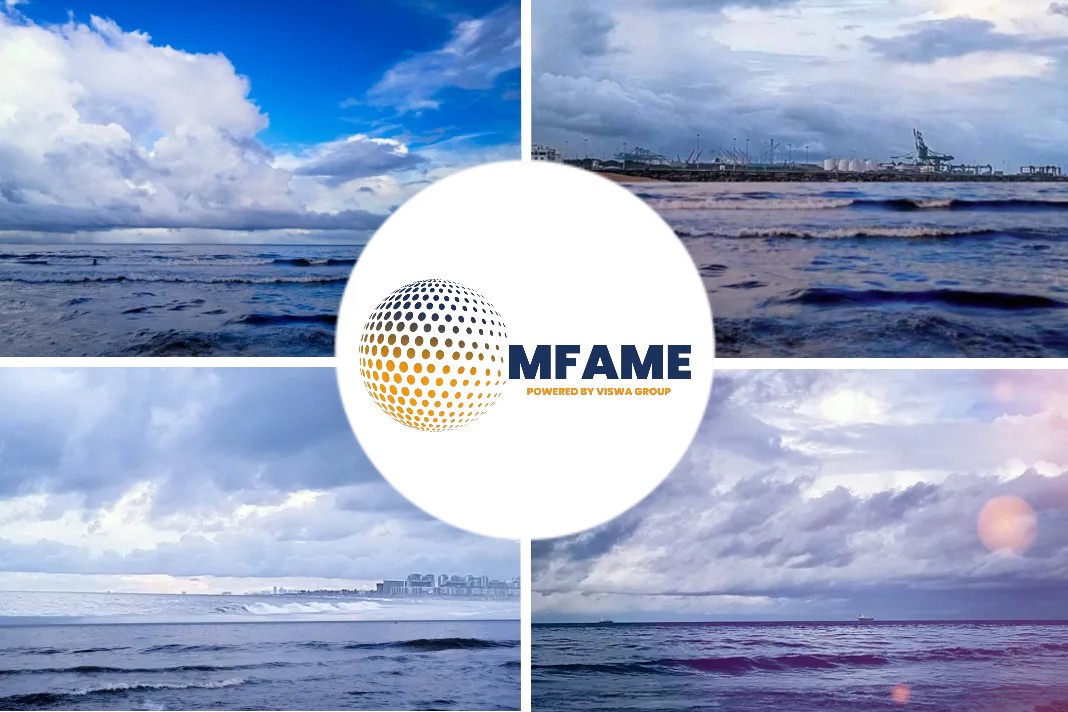- Last week, the UECC PCTC M/V Auto Energy received the first ship-to-ship bunkering of LNG.
- It was blended with 10% renewable liquefied biogas (LBG).
Gasum’s LNG bunker vessel Coralius performed the bunkering operation at anchorage outside the port of Gothenburg, Sweden, says an article published on LNG Industry.
Significant investment
“With this delivery, UECC strengthens our position in front of the ro-ro mar-ket, through our commitment to increase the uptake of renewable fuels,” says CEO Glenn Edvardsen of UECC. “We have made a significant in-vestment in a pioneering solution that recognises our customers’ desire for a sustainable logistics partner. This initiative sends a signal to the market that it is possible to achieve carbon-neutral transport.”
Typically, LBG from Gasum is sourced from biodegradable waste streams in Scandinavia, including residential, retail, and commercial sewage and/or agricultural waste streams.
New possibilities
“We are very excited to see our first ship-to-ship bunkering with the blend of LNG and LBG go smoothly. We can now perform ship-to-ship bunkering with different blends of LNG and LBG which will open new possibilities for our clients as well as for us to go forward in decarbonising maritime transport,” says Jacob Granqvist, Maritime Sales Director from Gasum.
Zero carbon footprint
Adding renewable carbon neutral biogas provides yet another advantage to the proven range of benefits afforded by LNG technology. LBG has a carbon footprint close to zero, with the same low emissions of sulfur oxides, nitrogen oxides and particles as with LNG. Introducing biogas also marks a transition to a circular economy where waste becomes a resource, deliver-ing greater productivity while reducing environmental impact.
“Incorporating biogas into our increasingly greener energy mix allows us to further reduce our CO2 emissions. This transition from a traditional linear economy to the circular economy is critical to our goal of meeting or exceeding the 40% reduction in carbon intensity by 2030 set by the IMO,” Edvardsen concludes.
UECC currently operates two duel-fuel LNG PCTC ro-ro vessels. Their first LNG battery-hybrid PCTC is scheduled for delivery at the end of 2021, with two more to follow. All the vessels are LNG-LBG compatible.
Did you subscribe to our daily newsletter?
It’s Free! Click here to Subscribe!
Source: LNG Industry



















